A few weeks ago I posted a recipe for “Cauliflower and Potato in Tomato Masala” from Vij’s Indian recipe book that I had made. While going through the book, I found another recipe with millet and red pepper in what looked to be a flavourful sauce.
I tried it out last night, with some modifications. You know when you make a dish and it looks nothing like the photo? Well, that’s what happened to me. I think they actually left out an ingredient or two as, even though I substituted water for the oil it called for, there was literally zero sauce. So, I made it nice and saucy by adding coconut milk. Coconut does contain saturated fat, so you could replace that with tomato sauce and I think it would still taste amazing.
I love Vij’s food, but man do his recipes call for a lot of oil! We want to stay young and vibrant around here, so learning to prepare dishes with little to no oil has become an important part of my cooking for the last number of months. It is amazing how just substituting different ingredients for oil can have a huge health effect without having to sacrifice taste.
Oil… Why it is so bad.
I have recently become very aware of the aging and degenerating effects of processed oil on the body. Here is an excellent article by Dr. Rosane Oliveira, DVM, PhD, on the consumption of oil.
From what I have been learning, there is no good oil for you. Not olive, not coconut… nothing. Hard to imagine, but it is backed by some pretty compelling evidence. Some doctors go as far as to say the only place it is good to use oil is as a moisturizer.
If you think about oil in the following manner, it is easier to understand… Oil is a very processed form of food. Not to mention it has 120 calories per tablespoon and does nothing to fill you up. It has been stripped of any fibre the plant had and many oils have been put through processes to make them shelf stable. Often oil is heated while cooking which is really very unhealthy for your body. “Heated oil generates free radicals and dietary consumption of such oil results in detrimental health effects.” This is according to a study published in the National Library of Medicine.
Instead of eating oil, many doctors (such as the two below) believe we should be eating fats in their whole form. So instead of olive oil, eat olives. Instead of flaxseed oil, grind flax seeds and eat them. (Non ground flax seeds just pass through us undigested.) Walnut oil… walnuts, coconut oil…coconuts, avocado oil… avocados. You get the idea. In doing this, we are reaping the benefits of a whole food, one that has not been stripped of its fibre and its nutrients have not been degraded by any heat from cooking.
Here are two videos by leading plant-based doctors, the first of whom I have had the pleasure of meeting, and the second who is a former heart surgeon at the Cleveland Clinic and still lectures worldwide at the age of 85 on plant-based diets and their ability to stop and cure heart disease.
This recipe features millet which is a whole grain grown in Asia, Africa, China and India mostly. It is also grown in the U.S. and Canada. Millet contains calcium, iron, and zinc. … Besides its protein and vitamin content, millet is a hypoallergenic and gluten-free grain. For those who are celiac or have a gluten allergy, it is a perfect alternative to wheat. Millet is a good source of fiber and offers protection against heart disease diabetes, and cancer.
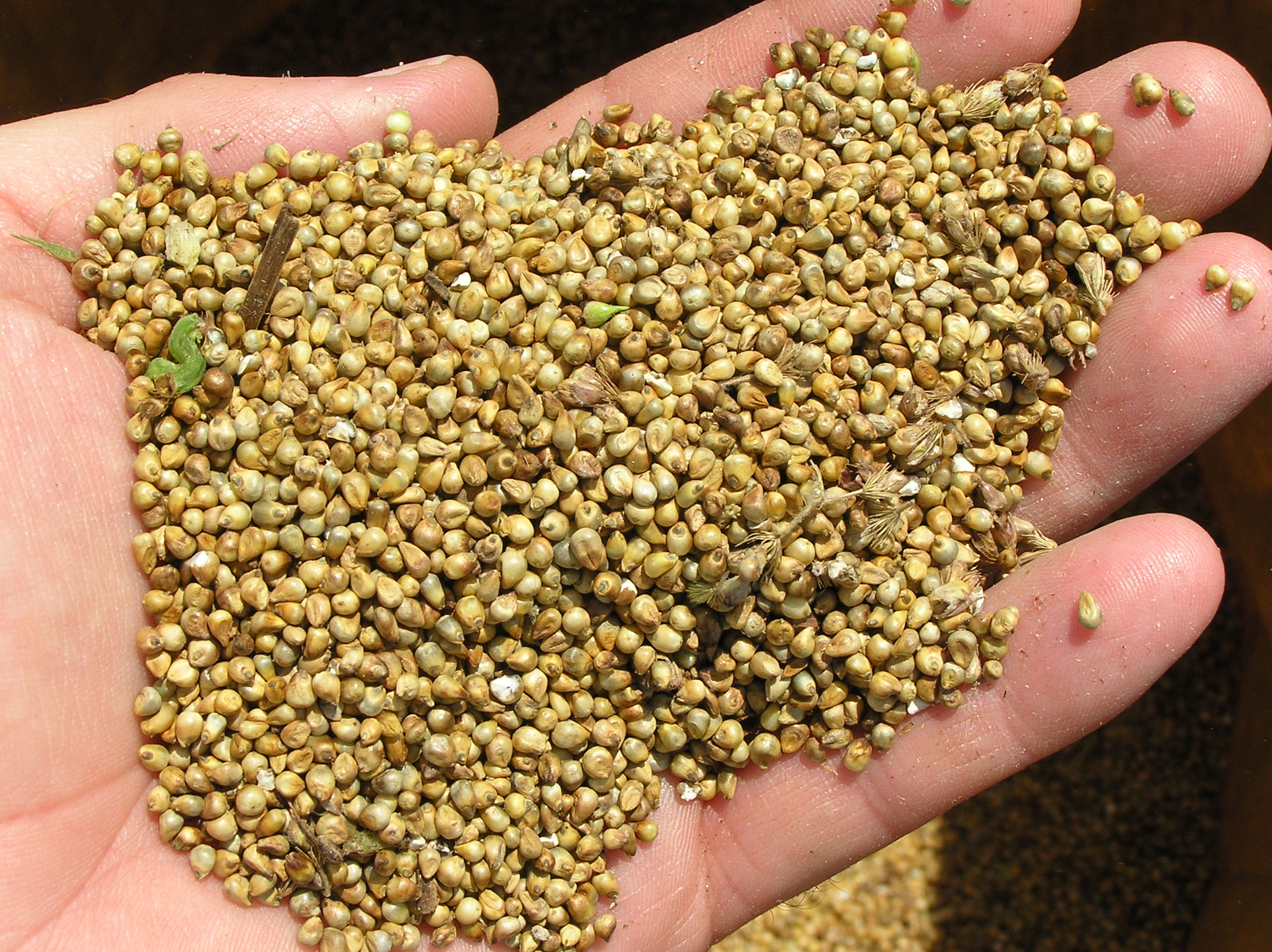
I am making it my goal to help people find easy, delicious recipes that satisfy without compromising taste. This recipe is very simple and basic to make. It can be served as a main dish or a side dish, and fits the bill of a comfort food. Millet itself is a fairly bland grain with a slightly nutty flavor.
Because of all of the interesting spices, this dish really comes to life in your mouth! It looks kind of boring, but trust me, it’s not! Fenugreek and mustard seeds may sound exotic but they are not hard to find. They are also very inexpensive in the bulk section and add so much flavor to the dish.
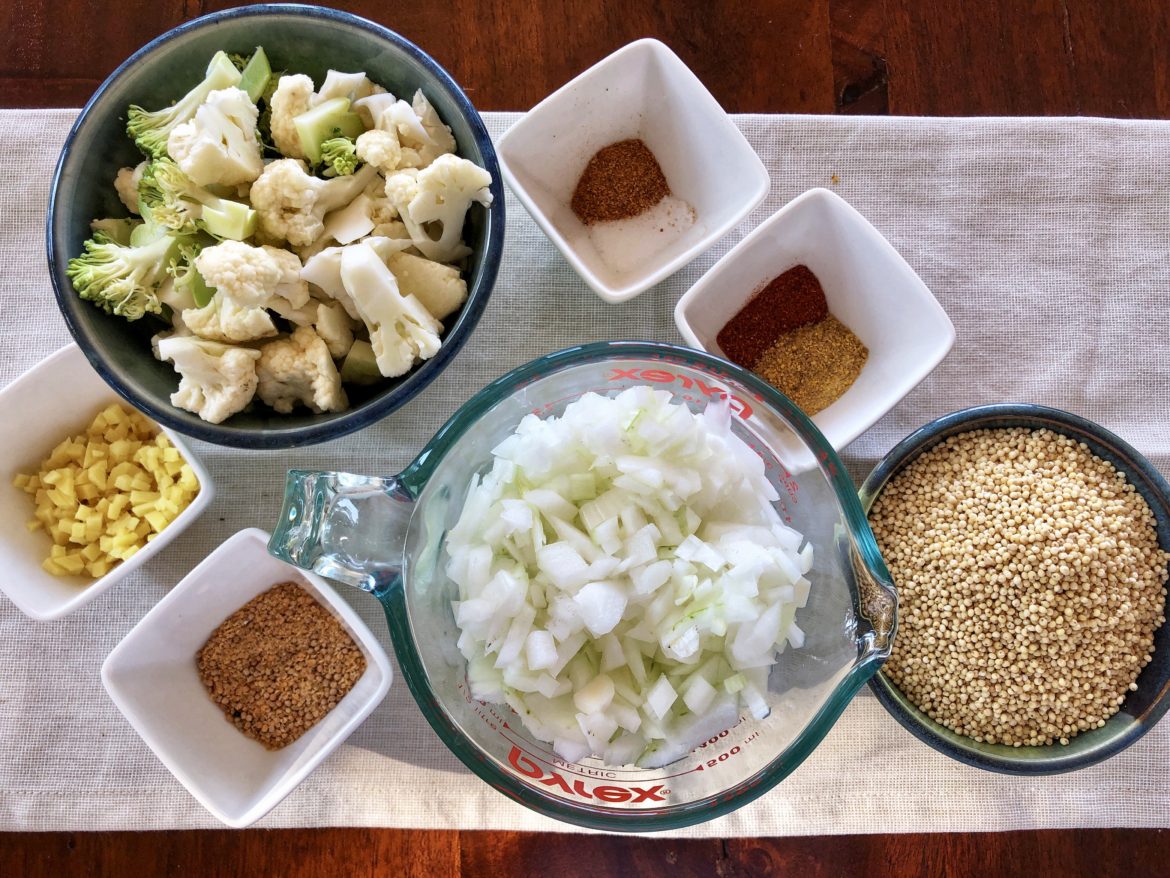
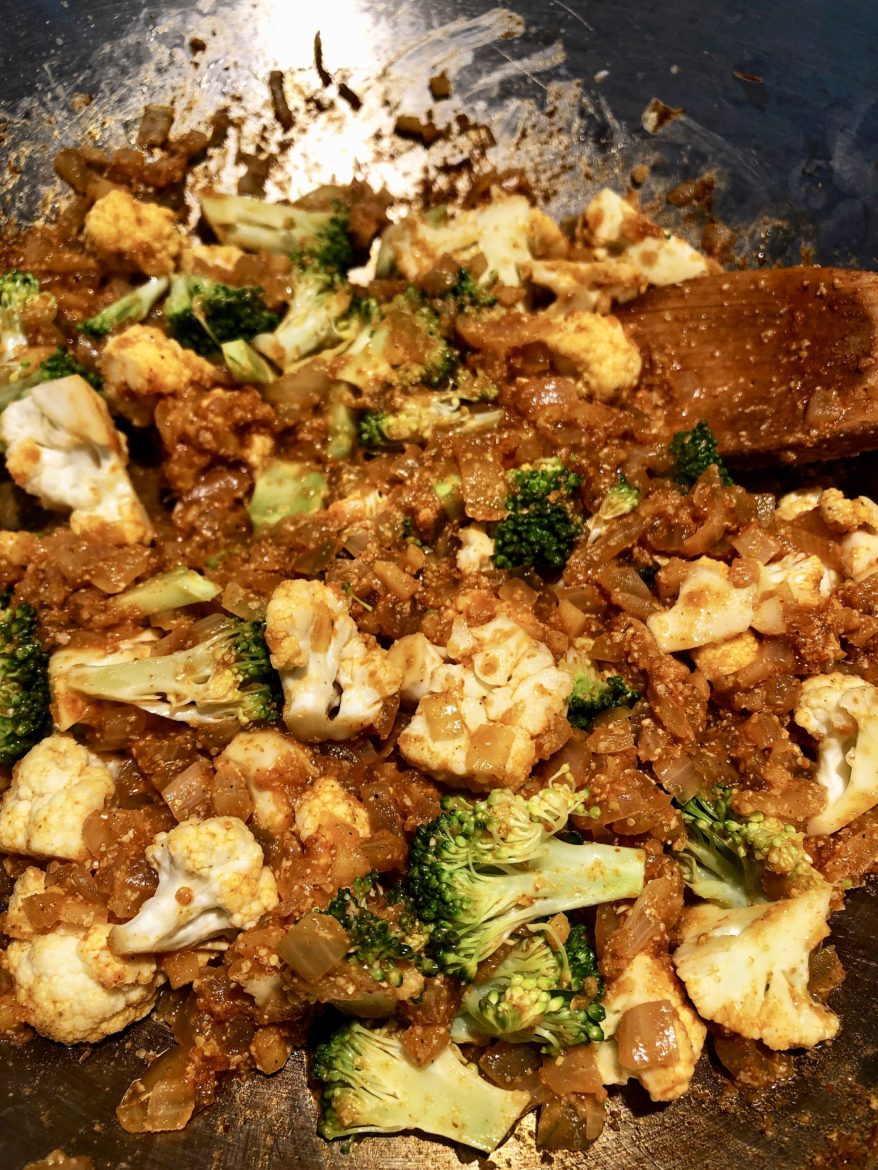
Before pouring in coconut milk. 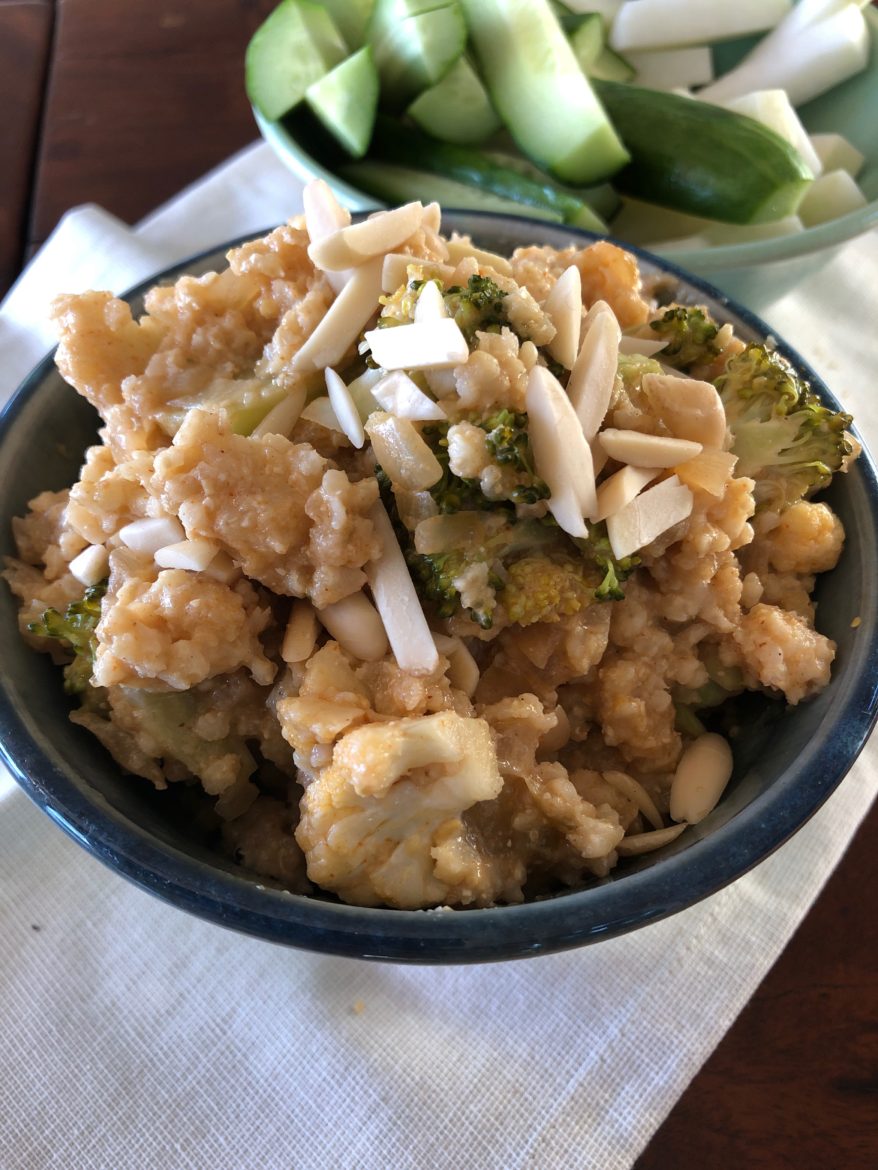
Millet Pilaf with sliced almonds for some crunch.
I hope you enjoy this easy recipe! Please comment below if you try it out.
www.thevibrantveggie.com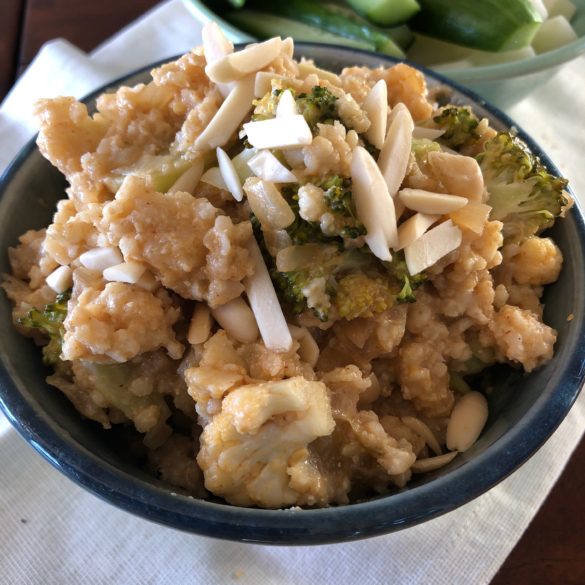
Ingredients
Instructions

